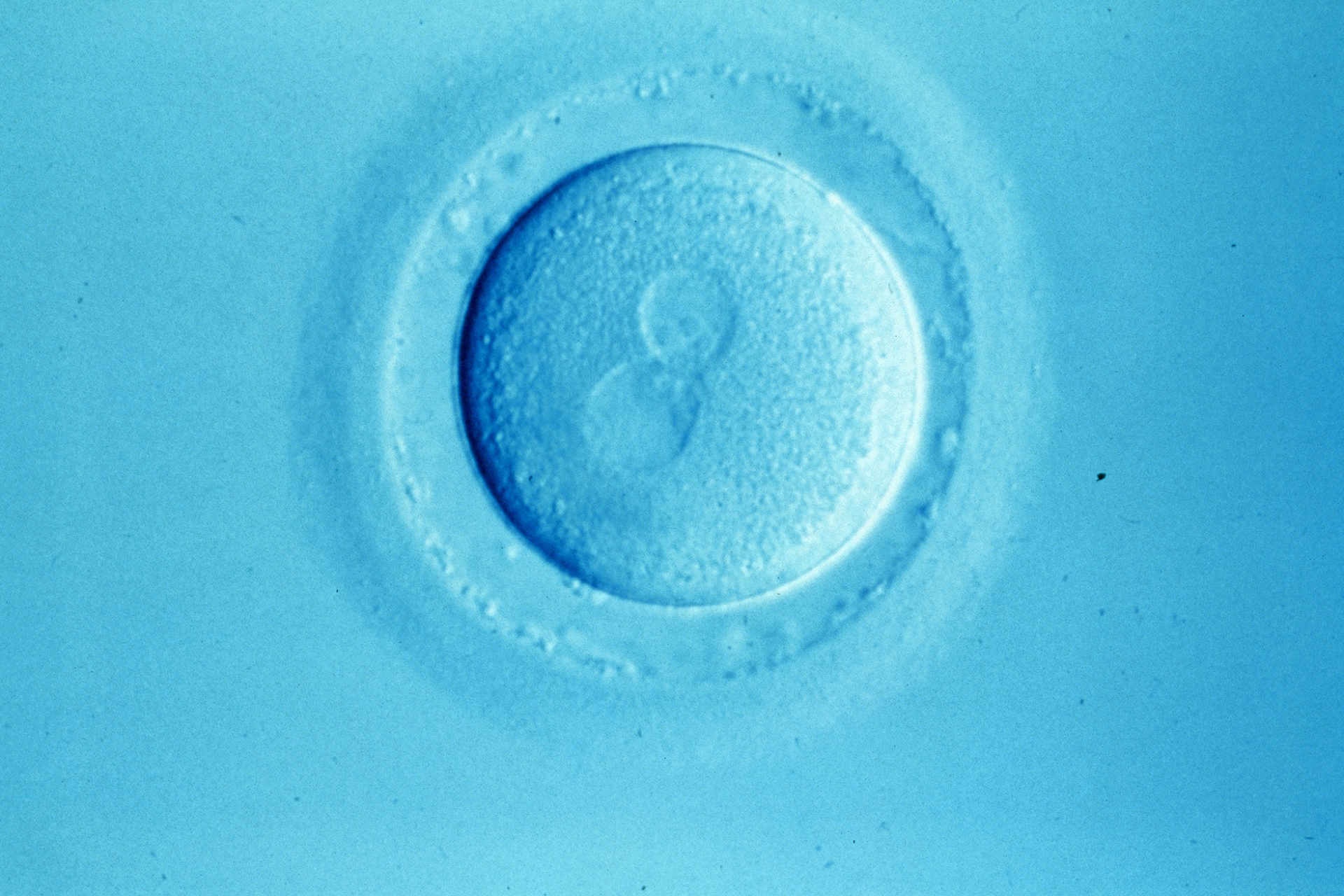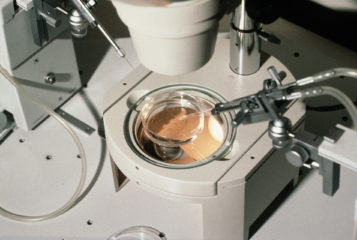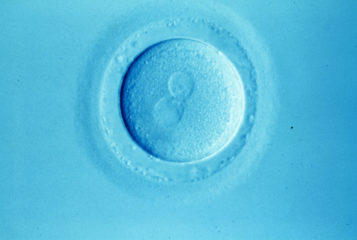Panorama – Inside Britain's Fertility Business
BBC One, 28 November 2016
Presented by Deborah Cohen
'We believe what doctors tell us … this is a doctor that holds my happiness in his hands.'
This woman, speaking at the start of Panorama's 'Inside Britain's Fertility Business', captures the vulnerability of patients undergoing private fertility care and their relationship with the doctors they pay to care for them. First broadcast on 28 November, Panorama explores the murky world of 'add-ons' in private fertility clinics, using a novel mixture of undercover journalism combined with a high-quality systematic review of the clinical evidence.
'Add-ons' refers to the practice of offering additional tests, procedures and treatments for IVF patients. Panorama asks if there is sufficient evidence for these add-ons, which are often expensive, that would justify their use.
The programme is engagingly presented by Deborah Cohen, a journalist and associate editor at the BMJ. She explains that there are around 50,000 women undergoing fertility treatment annually, of whom 60 percent are treated in the private sector. Only a quarter of IVF procedures are successful overall, and odds decrease with age.
Cohen brings the problem to life with powerful patient narratives. One woman, who says 'we don't have oodles of cash coming in', spent £45,000 on fertility treatments, and she is not alone in this scale of spending. Another couple, who spent £23,000, describe how they were sold add-ons of Natural Killer (NK) cell testing and treatment for high levels. They were led to believe this would increase their chance of IVF success.
Panorama makes an undercover visit to the Zita West Clinic in London to explore NK cell add-on use. The undercover couple are advised to have blood NK cell levels tested. They are subsequently informed that levels are raised and are advised to have treatment with intravenous intralipid – a mixture of egg and soya – to improve pregnancy success. The doctor quotes statistics that in women with six failed cycles of IVF, a subsequent cycle's success rate is increased from nine percent to 45 percent with intralipid. Despite some probing from the couple, he does not offer any caution about the treatment other than the risk of allergy to ingredients. However, Panorama reports that these figures are based on low-quality research.
Such real-life stories are interwoven with the tale of the development of a systematic review on this topic – itself an interesting story. I didn't realise until quite late on that the programme led to the review and publication of the data in the prestigious BMJ, despite interviews with Professor Carl Heneghan and his team at the Oxford University Centre for Evidence-Based Medicine, who carried it out.
The systematic review found no high-quality evidence in support of add-ons. For one add-on (preimplantation genetic screening or PGS) there was data suggesting it decreases pregnancy rates – or at least an older version of the treatment does.
Initially, I thought Panorama was accusing some unscrupulous clinics of offering expensive add-ons that have been proven not to work. However, aside from PGS the problem is more nuanced. The issue is a lack of evidence for their effectiveness. Professor Robert Winston is interviewed about the practice and hits the nail on the head when he states that 'good trials have not been done'.
A potential argument in defence of the fertility clinics is that, until the publication of a systematic review, the quality of evidence for a supporting add-on has not been well analysed. However, Panorama interviews experts who rubbish the scientific ideas underlying some of these add-ons – such as Professor Ashley Moffett, who studies NK cells at Cambridge University. Talking about the inappropriateness of blood NK cell testing to analyse uterine NK cells, she states: 'If you wanted to measure the number of black cabs in Trafalgar Square you do not measure the number of red minicabs on the M25.'
It is a medical truism that lack of evidence of effectiveness is not, in itself, evidence of ineffectiveness. Medicine is full of examples of practice that are not supported by high-level evidence. What Panorama emphasises is the vulnerability of patients and the large sums of money involved, and asks whether these combine to alter a doctor's behaviour in recommending treatments. Patients need to understand where treatments are experimental and whether there is any evidence to support their use; the fascinating filming at the fertility show, where private fertility clinics drum up business, confirms this does not always happen.
As a clinician, I found the issue of informed consent in private practice intriguing. Doctors practising in the UK's NHS are not used to dealing with overt financial conflicts of interest. However, in private practice there is a real risk that a doctor may offer a treatment a patient does not need to increase revenue. How can the patient, and the doctor, be sure that this is not happening?
A question the documentary does not tackle is why there is a lack of evidence. Is there no funding for large-scale trials of this nature? Do patients choose not to participate in them? A randomised controlled trial of an intervention requires there to be clinical equipoise, in that there is no evidence either for or against a procedure. It may be difficult to persuade a desperate patient of this position, or a doctor who believes in the procedure. However, this is exactly the situation where high-quality trials are most required.
This Panorama episode is hugely important for combining traditional documentary journalism with a trustworthy systematic review. Hopefully, future patients of the clinics involved will also benefit from better information. It is worth watching, both for healthcare practitioners to reflect on their processes of informed consent, and to empower patients who use private fertility services. Those with an interest in the potential privatisation of the NHS would also benefit.





Leave a Reply
You must be logged in to post a comment.